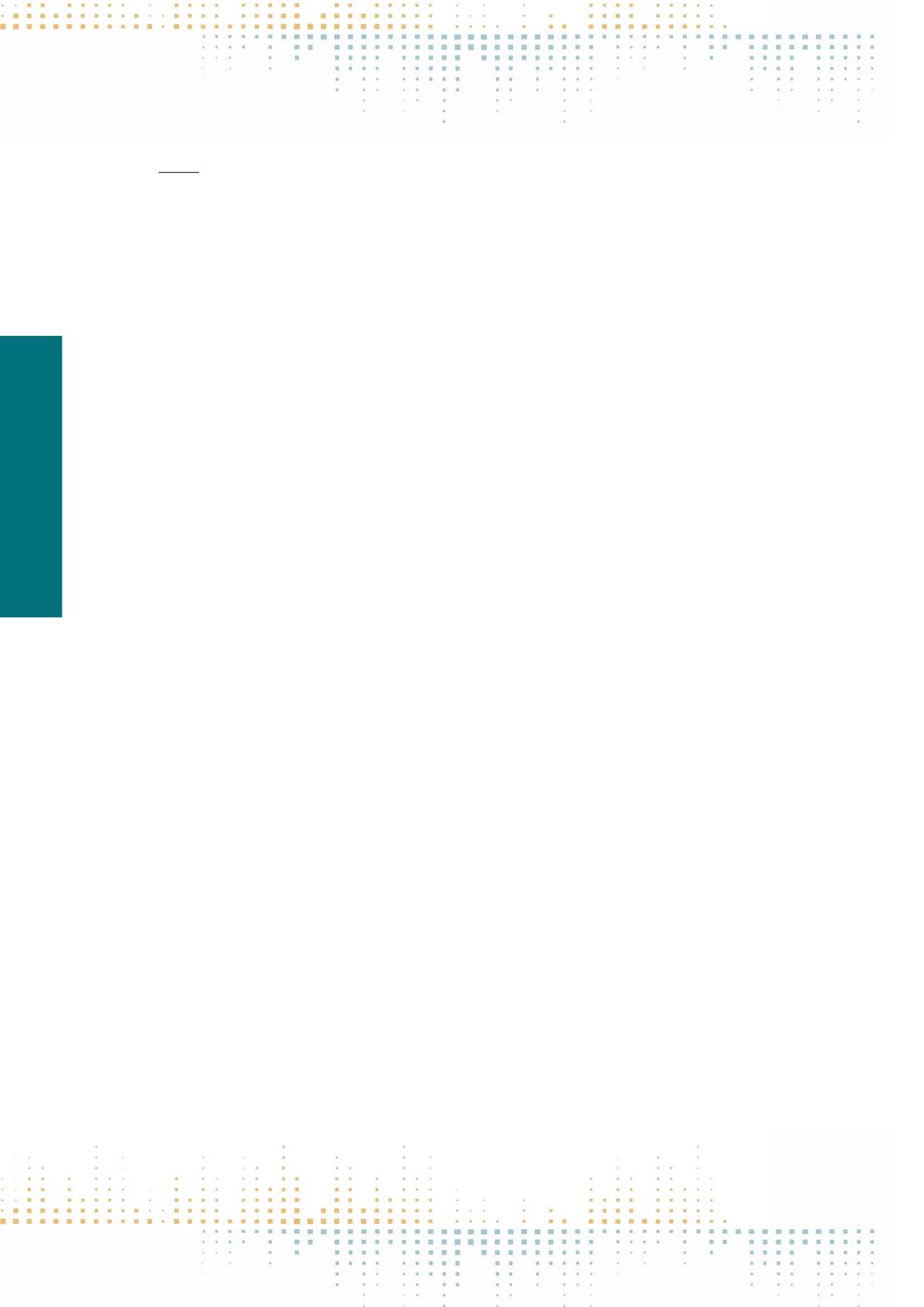

346
Thursday, November 10
0 9 : 0 0 – 1 0 : 3 0
PP 015
The Quality Classification of International News Argumentative Forms
Z. Zhang
1
1
University of Southern California, Annenberg School of Communication and Journalism, los angeles, USA
In an increasingly globalized world filled with conflicts and crises, the role that international news plays became more important given the emergence
of an interdependent and globalized economy that the media serve as the main conduit for discussions about global issues in front of international audi‑
ences (Willnat & Luo, 2011). Scholarly studies not only analyzed the constitutive power of persuasive languages and communicative interaction used by dif‑
ferent arguers (governments or institutions) in attempt to persuade their antagonist to accept certain claims (van Eemeren & Grootendorst, 2003), but also
suggested that messages delivered by these arguers through media are no longer just speaking to their own domestic audiences, but also engaging global
stake holders (Riley & Hollihan, 2012). The quality of storytelling in news reports has been discussed under the framework of media argumentation on
different text-structures and rhetorical properties (Glasser & Ettema, 1994; Van Dijk, 1988; White, 1998, 2005; Hunter, 2001; Waugh, 2005; Zlatkova, 2012),
however, much less work had been done to develop theories about the quality of international news coverage under the media argumentation framework,
especially from a cross-national comparative perspective. By merging theories of media argumentation, rhetorical criticism and cross-national comparative
perspective on global journalism (Terhi & Oliver, 2008), this paper is targeted to define the quality classification of international news coverage and to gen‑
eralize different criteria on argument forms, narrative paradigms and logic relationship that reflected in international news coverage for a joint of empirical
and critical analysis within and beyond the comparative framework. The findings will also echo the globalization process of news-making nowadays that
a“global rhetorical regime”is necessary for finding the right mechanism for arguing across cultural, social, and even political formations. Reference: Glasser,
T.L. & Ettema, J.S. (1994) The Language of News and the End of Morality. Argumentation 8: 337–344, Kluwer Academic Publishers, Neatherlands. Hunter,
A.(2001) Hybrid argumentation systems for structured news reports Anthony Hunter Department of Computer Science,The Knowledge Engineering Review,
Cambridge University Press. Riley, P. & Hollihan, T.A. (2012) Strategic communication: how governments frame arguments in the media, in van Eemeren,
F.H. & Garssen, B. (eds) Exploring Argumentative Contexts, John Benjamins Publishing Company, chapter 4.Terhi, B. & Oliver, B.B. (2008) Global and national
news agencies: threats and opportunities in the age of convergence In: de Beer, Arnold and Merrill, John C., (eds.) Global Journalism: Topical Issues and
Media Systems. Allyn & Bacon, Boston, USA, 33–47 van Eemeren, F.H. & Grootendorst, R. (2003) A Systematic Theory of Argumentation: the Pragma-dia‑
lectical Approach. Cambridge University Press. Van Dijk, T.A. (1988) News Analysis. Case Studies of International and National News in the Press. Hillsdale,
NJ: Erlbaum. Waugh, L. R.(1995) Reported Speech in (French) Journalistic Discourse: the Relation of Function and Text. Text 15.1, 129–173. White, P. (2005)
Death, disruption and the moral order: the narrative impulse in mass-media ‘hard news’reporting. in Christie, F. & Martin, J.R. (eds) Genre and Institutions:
Social Processes in theWorkplace and School (Continuum Collection). Bloomsbury Academic. pp.101–133 ...



















